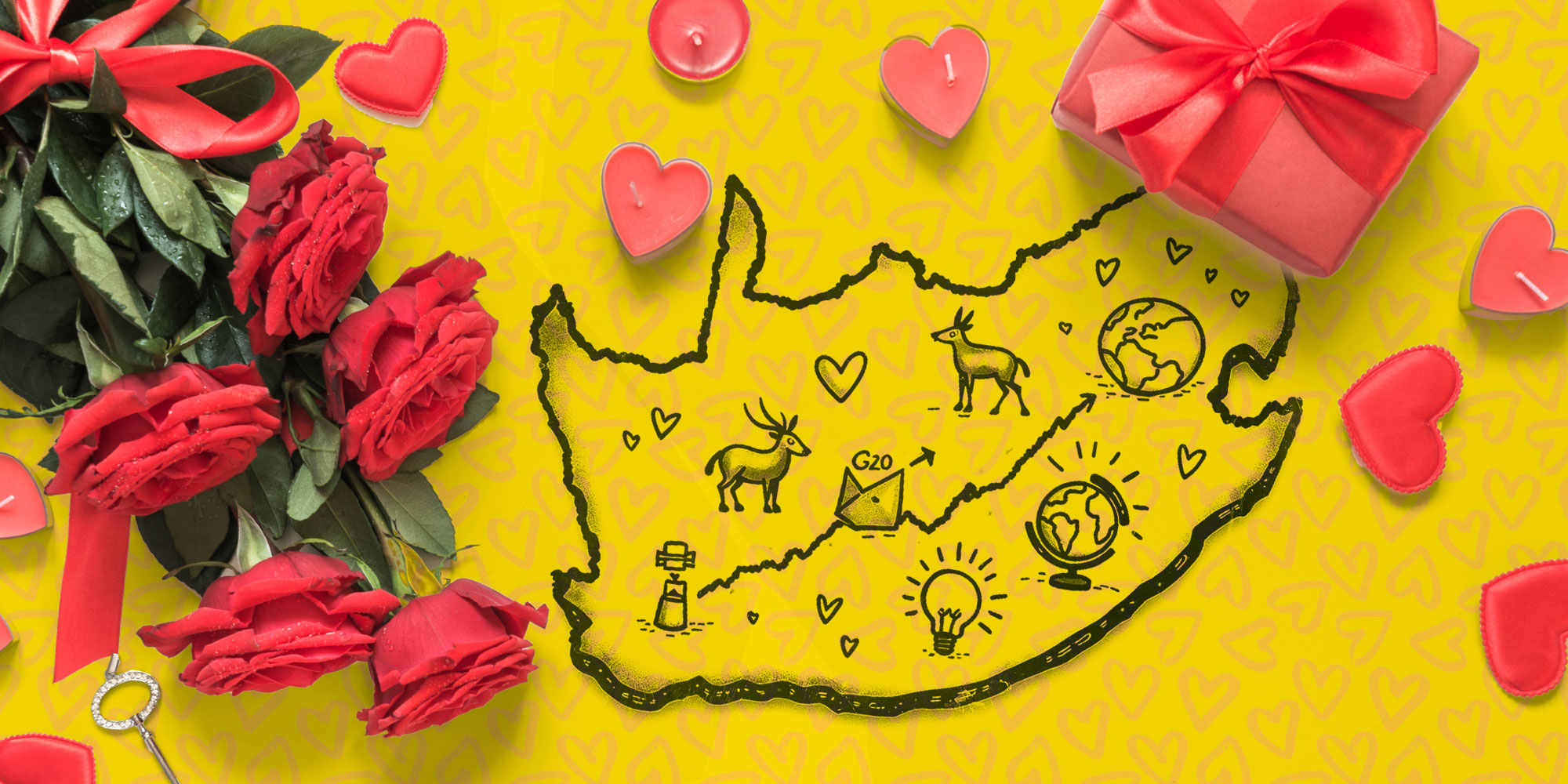On the positive side, load shedding has waned, prices have stabilised after inflation has come down, and the Government of National Unity seems to be enduring. Even the stock market is hitting new highs.
On the negative side, the economy is still growing too slowly to make any noticeable difference, the job market is stagnant, we have become the unfortunate target of US President Donald Trump, water cuts continue, and someone drilled a hole through the roof of the Gautrain tunnel trying to find water. I am not making this up.
But, because this is now the 21st century, we have tools at our disposal which we never had before, most notably Google Trends. It’s such a fascinating measure because it’s so fast; it’s real-time, it can be broken down by region, and it also has a comparative tool.
This simple measure has been amazingly effective in the past. Remember the supply chain disruptions in 2021? Google Trends anticipated them because searches for “shortages” and “supply chain issues” shot up, which did help businesses anticipate problems with product availability. Flu epidemics and other infectious outbreaks can be tracked quickly and narrowed down to specific geographical areas. And so on.
But of course, it presents several weaknesses; they are just word searches, so they indicate curiosity, not necessarily support or opposition. And they can be fabulously skewed by a viral news break. It’s difficult to differentiate fact-checking with concern. To take an extreme example, a spike in the words “stock market crash” could indicate people are worried about a stock market crash, or it could indicate enhanced research on the topic.
Anyway, consider this graph. Last week Friday was Valentine’s Day, which is normally a good day for florists. Just how much of a good day it was this year for florists was extraordinary: interest not only in flowers, but in “flower delivery” jumped by nearly 50 percentage points. And it’s refreshing to see Mzansi is getting its love on, with the interest in flower delivery on Valentine’s Day higher than it has been for five years (although it is worth noting that the overall trend is downwards).

Just incidentally, I have never understood why flowers are so popular on Valentine’s Day. Surely nothing is further from the notion of everlasting love than a product which fades within a week?
How different would the result be if we just searched for “flowers”, rather than flower delivery? Turns out, not very different; if anything, it’s a bit more pronounced. (It’s worth noting that Google’s methodology improved in late 2021, so the results are much more consistent.)

What about the other measures associated with Valentine’s Day? Oddly enough, “chocolate” has consistently spiked over both Christmas and Valentine’s Day, but this year, the measure did not outperform. Jewellery, on the other hand – and very encouragingly – has spiked, which I think closes the case; generally, as a nation, we are feeling better, and we are out there spending more and some of that spending is linked to love and optimism.

Then again, as the joke goes, jewellery stores on Valentine’s Day are like gyms on the first day in January: full of people making expensive decisions they’ll regret in a month. A diamond does say, “I love you and I want to be with you forever”, but it also might mean you are prone to making terrible financial choices.
Right, now we get to what I would consider the absolute decider: sex. Are we doing it more or less? And if so, who is winning?
The short answer is “more”. Mzanzi is humping! Or at least we are back to our normal level of humping, and there has been an impressive rise in interest in sex over the past three years. I cannot be the only one who thinks this is good news.

And the answer to who is winning is … Limpopo. Really? Apparently so, closely followed by Northern Cape and KZN.

The Western Cape comes last; probably everybody is out shopping for flowers and jewellery.
This could all be massively wrong, of course, but for what it is worth, I’m just going to work on the basis that the national mood is improving and take some solace in that. God knows we need it. DM
Business Maverick
After the Bell: The national mood is improving, and I can prove it
It’s quite difficult to assess the public mood at the moment; we seem to be thrown around like the proverbial flotsam and jetsam.





